Banato Tree
- November 12, 2024
- 0 comment
The Banato Tree, scientifically known as Mallotus philippensis (Lam.), is a significant plant in various tropical ecosystems. Valued for its ecological benefits and role in local biodiversity, this tree contributes to the health of forests and supports numerous animal species.

Understanding the Banato Tree provides insight into its importance in promoting sustainable environments and conserving native habitats.
What Is a Banato Tree?
The Banato Tree belongs to the Euphorbiaceae family, a diverse plant family known for its flowering species. It is a deciduous tree often found in tropical and subtropical regions. Here are some defining characteristics of the Banato Tree:
- Leaves: The leaves are typically broad, oval, and display a vibrant green hue. They are covered in fine hairs that help deter herbivores.
- Bark: The bark is rough and grayish-brown, contributing to its durability and ability to withstand various environmental pressures.
- Flowers: This tree produces small, yellowish-green flowers that are not particularly showy but play an essential role in pollination.
- Fruit: The fruit of the Banato Tree, also known as kamala or red kamala, is covered with a red powder that is traditionally used as a dye.
Interesting Fact: The Banato Tree is known for its ability to improve soil health through its natural decomposition process, enriching the earth with organic matter.
Two Different Types of Banato Tree Species
Several species within the Mallotus genus exhibit variations that make each unique. While Mallotus philippensis is the most recognized, other species include:
Mallotus Paniculatus
Distinguished by its more extensive canopy and larger leaves.
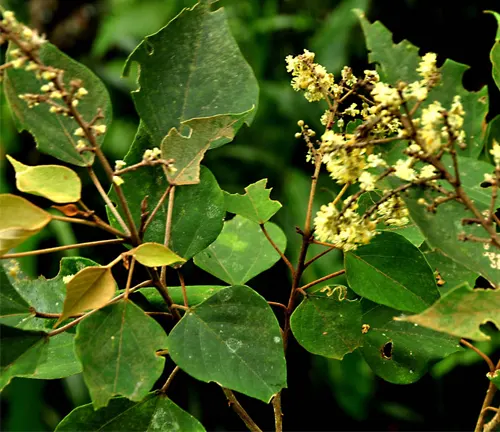
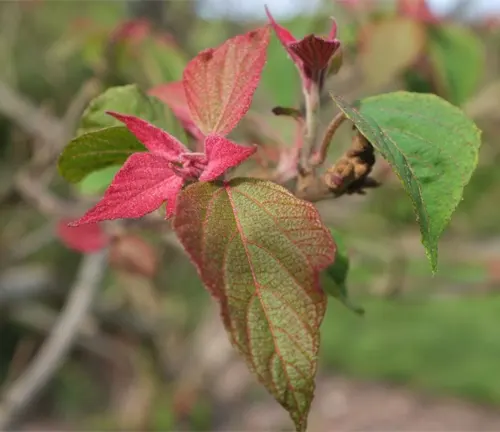
Mallotus Japonicus
Known for its adaptability to cooler climates and smaller stature.
Ecological Importance: These species play a crucial role in maintaining the balance of their ecosystems. They provide food and shelter for birds, insects, and mammals, supporting a rich web of life.
Where Do Banato Trees Grow?
The natural habitats of the Banato Tree are diverse, spanning across tropical and subtropical regions, particularly in Southeast Asia, the Indian subcontinent, and parts of Australia. These trees thrive in:
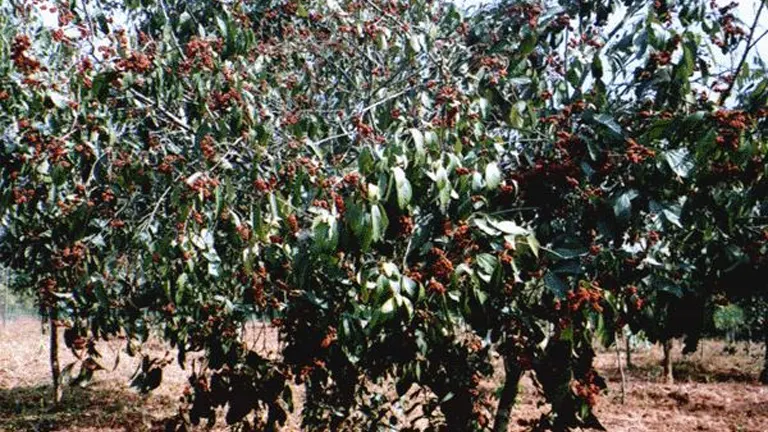
- Tropical forests: Where they form part of the understory and contribute to the forest’s layered structure.
- Subtropical zones: Capable of enduring moderate temperature variations.
- Hilly terrains and riverbanks: Adapted to stabilize soil and prevent erosion.
Adaptability to Climates:
The Banato Tree is known for its resilience to different climate conditions. It adapts well to regions with moderate rainfall and can survive in soil that is less fertile, making it an excellent candidate for reforestation projects aimed at land rehabilitation.
How to Grow and Care for Banato Tree
Growing a Banato Tree in a home garden or as part of a larger landscape project involves understanding its specific needs:
Ideal Conditions
- Soil: Prefers well-draining, slightly acidic to neutral soil.
- Water: Requires moderate watering, with an emphasis on consistent moisture during its initial growth stages.
- Sunlight: Thrives in full to partial sunlight, making it adaptable to open spaces or shaded areas.
Propagation Methods and Maintenance Tips:
- Seeds: Collect ripe fruit and extract seeds for planting. Soak the seeds overnight to encourage germination.
- Cuttings: Use semi-hardwood cuttings for a quicker propagation process.
- Pruning: Regular pruning helps maintain shape and remove any dead or diseased branches.
- Pest Protection: Inspect regularly for aphids or scale insects and use organic pest control methods when necessary.
Ecological Benefits of Banato Tree
The Banato Tree contributes significantly to its surroundings by:
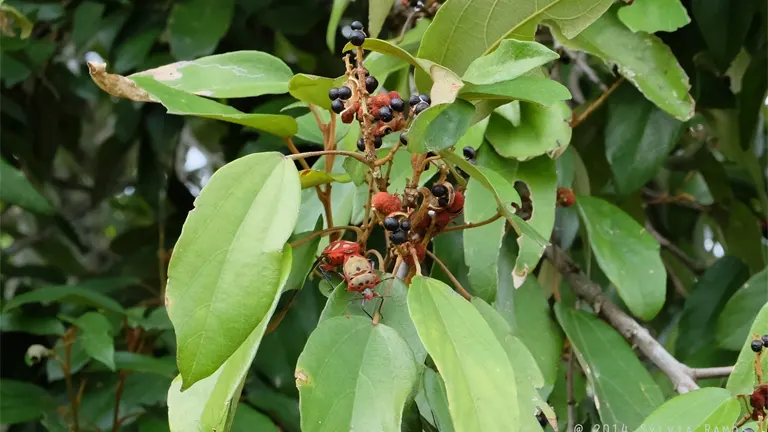
- Improving Soil Quality: The tree’s natural leaf litter decomposes into nutrient-rich organic matter, enhancing the soil’s fertility.
- Preventing Erosion: Its extensive root system helps stabilize the ground, protecting areas from landslides and soil loss.
- Biodiversity Support: Offers food through its fruits and shelter for various birds, mammals, and insects.
Banato Tree Flowering and Pollination
The Banato Tree typically flowers in late spring or early summer, producing small, yellowish-green blossoms. While these flowers are not particularly showy, they are crucial for the tree’s reproduction and play a significant role in pollination. Bees are among the primary pollinators, drawn to the flowers for their nectar, helping ensure the tree’s reproductive success. This pollination process contributes to maintaining ecological balance by supporting a healthy population of local pollinators and fostering genetic diversity in the tree species.
Is Banato Tree Drought-Tolerant?
The Banato Tree is notably drought-tolerant, especially once it is well established. This resilience makes it a valuable plant for regions with limited water availability or erratic rainfall. Its capacity to withstand dry spells positions it as an excellent choice for low-maintenance landscaping projects in arid or semi-arid climates. Gardeners can improve its drought resilience by applying mulch around the base to help retain moisture and regulate soil temperature, promoting healthier growth in challenging conditions.
Banato Tree and Wildlife Interactions
The Banato Tree is integral to the ecosystems it inhabits, serving as both a food source and shelter for various forms of wildlife. Its fruit is eaten by birds and small mammals, providing essential nutrition, while its dense foliage creates a safe habitat for nesting birds. Additionally, the tree has symbiotic relationships with certain insects, such as beetles, that can help protect it from harmful pests, promoting a balanced and thriving ecosystem. This interconnectedness showcases the tree’s role in sustaining biodiversity and supporting local fauna.
Final Conclusions
The Banato Tree (Mallotus philippensis (Lam.)) stands as a testament to nature’s resilience and interconnectivity. From improving soil health and preventing erosion to supporting wildlife, it plays an essential role in its native ecosystems. As we face increasing environmental challenges, preserving and planting more of these trees can contribute to ecological stability and biodiversity conservation.
Frequently Asked Questions (FAQs)
- What is the scientific name of the Banato Tree?
The scientific name of the Banato Tree is Mallotus philippensis (Lam.). - What are the main characteristics of the Banato Tree?
The Banato Tree features broad, oval leaves, rough grayish-brown bark, and small, yellowish-green flowers. Its fruit is covered with a distinctive red powder. - Where does the Banato Tree typically grow?
It grows in tropical and subtropical regions, including parts of Southeast Asia, the Indian subcontinent, and Australia. - Is the Banato Tree drought-tolerant?
Yes, it is drought-tolerant, especially once established, making it suitable for arid and semi-arid climates. - What ecological benefits does the Banato Tree provide?
It helps improve soil quality, prevent erosion, and supports local wildlife by providing food and shelter. - When does the Banato Tree flower, and what pollinates it?
The tree flowers in late spring or early summer, attracting bees and other pollinators that aid in its reproduction.
We hope this guide has shed light on the importance of the Banato Tree. Have experiences with growing or conserving Banato Trees? Share your thoughts below and inspire others to value this tree and support sustainable efforts. Don’t forget to share this guide to promote biodiversity and a greener future.


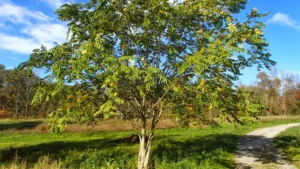
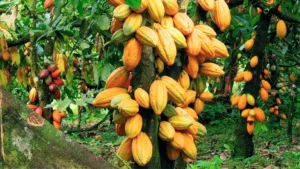
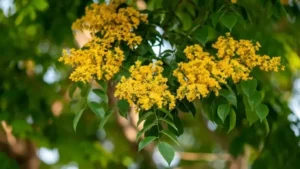
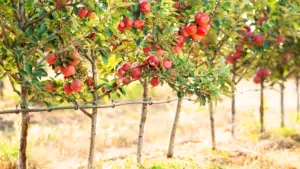
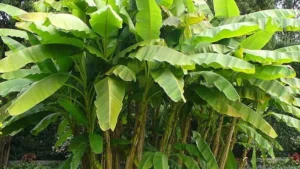


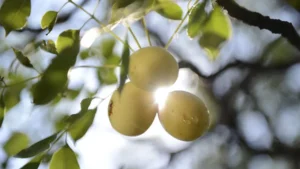
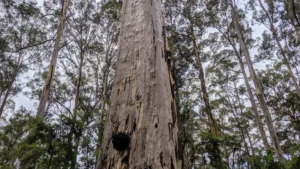
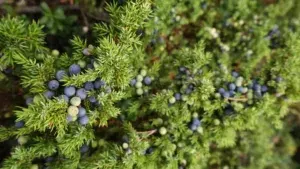

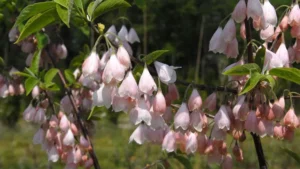
Leave your comment